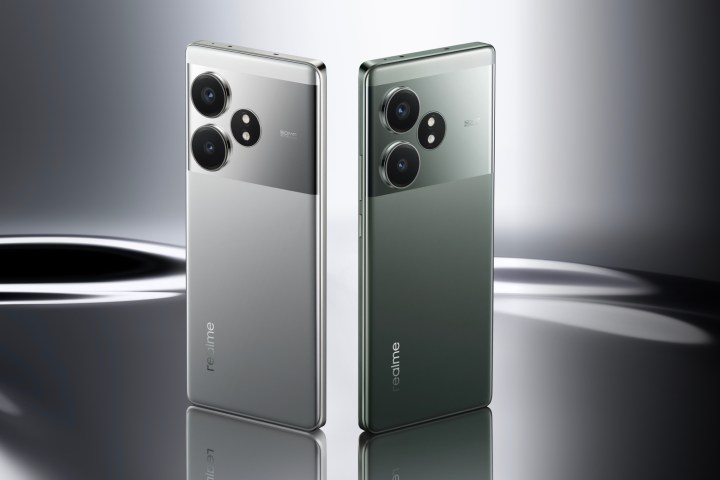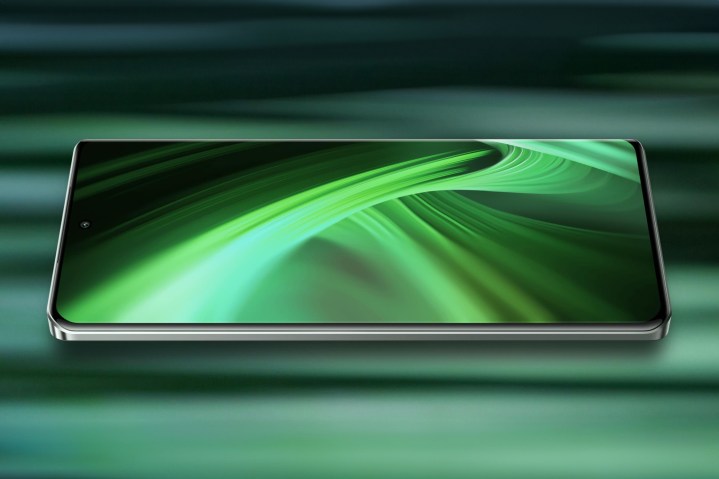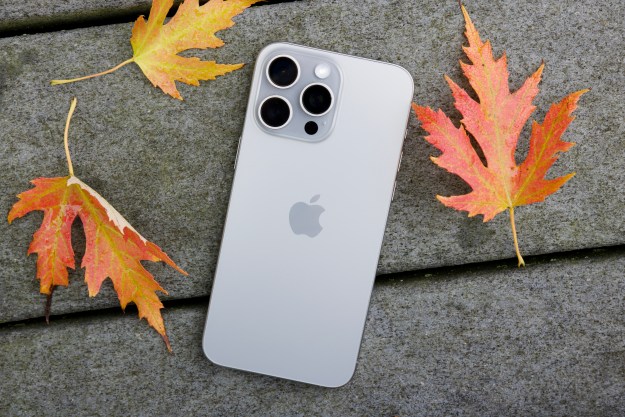
The global Android phone market is expansive beyond comprehension, and brands continually jockey to establish supremacy. Today, it’s Realme’s turn to lead one such race as it has unveiled the brightest smartphone display that has ever been launched to the general public.
Realme, a spinoff of the Chinese phone brand Oppo (which also birthed OnePlus), announced the GT Neo 6 SE earlier today in China. The phone boasts an impressive juxtaposition of internal hardware, but one that instantly stands tall is the new display. The Realme GT Neo 6 SE features a 6.78-inch OLED display with a spectacular 6,000 nits of brightness — brighter than the displays on any other phone or consumer device with a screen built into it.
By comparison, the brightest display claimed by any other brand is on the Honor Magic 6 Pro, which offers 5,000 nits. Other more popular models with towering brightness claims include the OnePlus 12 and the OnePlus 12R, which offer 4,500 nits. The Samsung Galaxy S24 Ultra — one of the most expensive phones available in 2024 — maxes out at just 2,600 nits.
Understanding the brightness nuances

It’s important to note that the essence of these brightness values often gets lost in marketing jargon. All of these are “peak” brightness values — or the highest brightness that a single pixel of the millions on the screen can achieve in very specific scenarios, mostly with bright ambiances and licensed HDR content running on the screen.
The actual brightness of the overall display — or a section of the display larger than a single invisible pixel — is much less. The same can be expected of the Realme GT Neo 6 SE. In most usual scenarios, the display reaches only 1,600 nits.
The phone is spectacular, nonetheless

But Realme has other specifications to bolster its great first impression. First, the display has a 1.5K (or 2780 x 1264 pixel) resolution and relies on BOE’s 8T LTPO technology, which allows for a dynamic refresh that switches between 0.5Hz and 120Hz based on the content being viewed on it. The display offers 2,160Hz of pulse width modulation (PWM) dimming, along with a color temperature sensor and a physical blue light filter to lessen eye fatigue when used in low light. Realme even claims to have built a smart algorithm that automatically tones down the color saturation when it detects weary eyes.
For phone gaming enthusiasts, the display offers an astonishing 2,500Hz touch response rate, which helps reduce the lag between physical touch on the screen and when it registers by a large margin. Special optimizations in place allow better interaction with steering wheels on the screen and other elements along the edges, especially in first-person and third-person shooter games.
Backing this impressive display is a Qualcomm Snapdragon 7+ Gen 3, up to 16GB of RAM, 512GB of storage, and a 5,500mAh battery, along with 100-watt fast charging. It gets a 50MP Sony sensor under the primary camera, a 16MP selfie snapper, IP65 dust and water resistance, and NFC.
A great price with an annoying caveat

All of these features come at a very irresistible starting price that converts roughly to $235 for 8GB
At the same time, it is hopeful to see Realme having unlocked the potential of a new display technology. It is highly likely that the tech makes it to other headliners from its sister brands, including OnePlus and Oppo. The exact odds are still difficult to predict, but we can hope for the OnePlus 13 (at the very least) to feature a similarly spectacular display.
Editors' Recommendations
- 5 phones you should buy instead of the iPhone 15
- 5 phones you should buy instead of the Google Pixel 8
- Having Galaxy S24 Ultra camera issues? A fix may be coming soon
- Have a Samsung Galaxy S23? Don’t update your phone to One UI 6.1
- A new version of the Samsung Galaxy S24 could be coming soon




